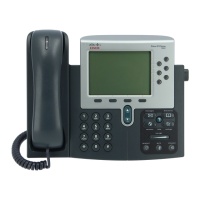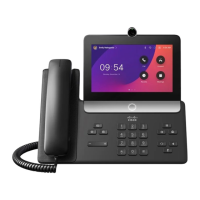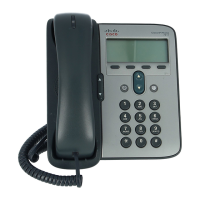CHAPTER
1-1
Cisco SIP IP Phone Administrator Guide
1
Product Overview
This chapter contains the following information about the Cisco SIP IP phone:
• What Is Session Initiation Protocol?, page 1-1
• What Is the Cisco SIP IP Phone?, page 1-3
• Prerequisites, page 1-12
• Cisco SIP IP Phone Connections, page 1-12
• The Cisco SIP IP Phone with a Catalyst Switch, page 1-14
What Is Session Initiation Protocol?
Session Initiation Protocol (SIP) is the Internet Engineering Task Force’s (IETF’s) standard for
multimedia conferencing over IP. SIP is an ASCII-based, application-layer control protocol (defined in
RFC 3261) that can be used to establish, maintain, and terminate calls between two or more endpoints.
Like other VoIP protocols, SIP is designed to address the functions of signaling and session management
within a packet telephony network. Signaling allows call information to be carried across network
boundaries. Session management provides the ability to control the attributes of an end-to-end call.
SIP provides the capabilities to:
• Determine the location of the target endpoint—SIP supports address resolution, name mapping, and
call redirection.
• Determine the media capabilities of the target endpoint—Via Session Description Protocol (SDP),
SIP determines the “lowest level” of common services between the endpoints. Conferences are
established using only the media capabilities that can be supported by all endpoints.
• Determine the availability of the target endpoint—If a call cannot be completed because the target
endpoint is unavailable, SIP determines whether the called party is already on the phone or did not
answer in the allotted number of rings. It then returns a message indicating why the target endpoint
was unavailable.
• Establish a session between the originating and target endpoint—If the call can be completed, SIP
establishes a session between the endpoints. SIP also supports mid-call changes, such as the addition
of another endpoint to the conference or the changing of a media characteristic or codec.
• Handle the transfer and termination of calls—SIP supports the transfer of calls from one endpoint
to another. During a call transfer, SIP simply establishes a session between the transferee and a new
endpoint (specified by the transferring party) and terminates the session between the transferee and
the transferring party. At the end of a call, SIP terminates the sessions between all parties.

